Forget ‘Superfoods’ — These 6 Kitchen Staples Are the Real Secret to Lasting Health
I’ve been in the health and nutrition world for a long time, and I’ve seen it all. One minute, everyone’s obsessed with a rare berry from a faraway mountain. The next, it’s some powdered green goop that costs a fortune and promises to change your life overnight. Honestly? It’s mostly just noise.
In this article
- 1. The Allium Family: More Than Just Flavor
- 2. Cruciferous Veggies: Broccoli, Cauliflower, and Kale
- 3. Dark Leafy Greens: The Ultimate Powerhouse
- 4. Legumes: The Budget-Friendly Superstars
- 5. Healthy Fats: Not the Enemy!
- 6. Fermented Foods: Ancient Wisdom for Your Gut
- Feeling Overwhelmed? Just Start Here.
- Putting It All Together: A Foundational Day
- Your Beginner’s Foundational Shopping List
- Inspiration:
These lists of trendy “superfoods” are designed to make you feel like you’re missing out on a secret. But I’m here to let you in on the real secret: lasting health isn’t built on expensive, exotic miracles. It’s built on a solid, reliable foundation.
The people who truly get healthy and stay that way—from top-tier athletes to busy parents—aren’t the ones chasing fads. They’re the ones who master the basics. They build their meals around what I call “foundational foods.” And the best part? These foods aren’t fancy or expensive. They’re the dependable, nutrient-packed staples you can find in any grocery store. They are affordable, accessible, and incredibly powerful once you know how to use them.
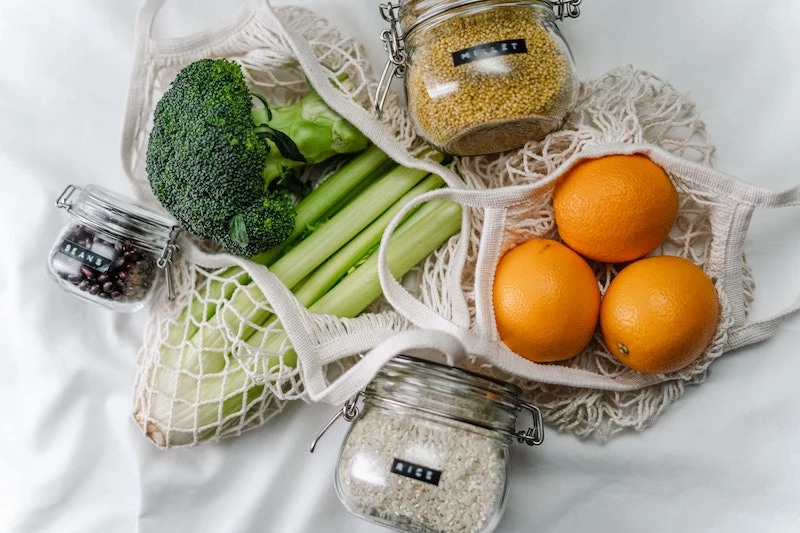
So, this isn’t another top-20 list. Instead, think of this as a peek into my professional playbook. We’re going to talk about the categories of foods that should be the bedrock of your diet. We’ll get into why they work, how to prep them like a pro to get the most out of them, and how to actually fit them into your real, busy life.
1. The Allium Family: More Than Just Flavor
In pretty much every cooking class I’ve ever taught, the first thing we talk about is the humble allium family—garlic, onions, leeks, and shallots. They’re the flavor base for cuisines all over the world, and that’s no accident. But their real power goes way beyond just making food taste good.
Why They Work
The star player, especially in garlic, is a sulfur compound that gets activated when you prep it. When you chop, crush, or chew a garlic clove, you’re breaking down its cell walls. This triggers an enzyme to create a new compound called allicin. That’s the stuff that gives garlic its sharp, pungent kick and is responsible for many of its health-promoting properties. Onions and leeks have similar, though less intense, compounds and are also loaded with quercetin, a fantastic antioxidant.
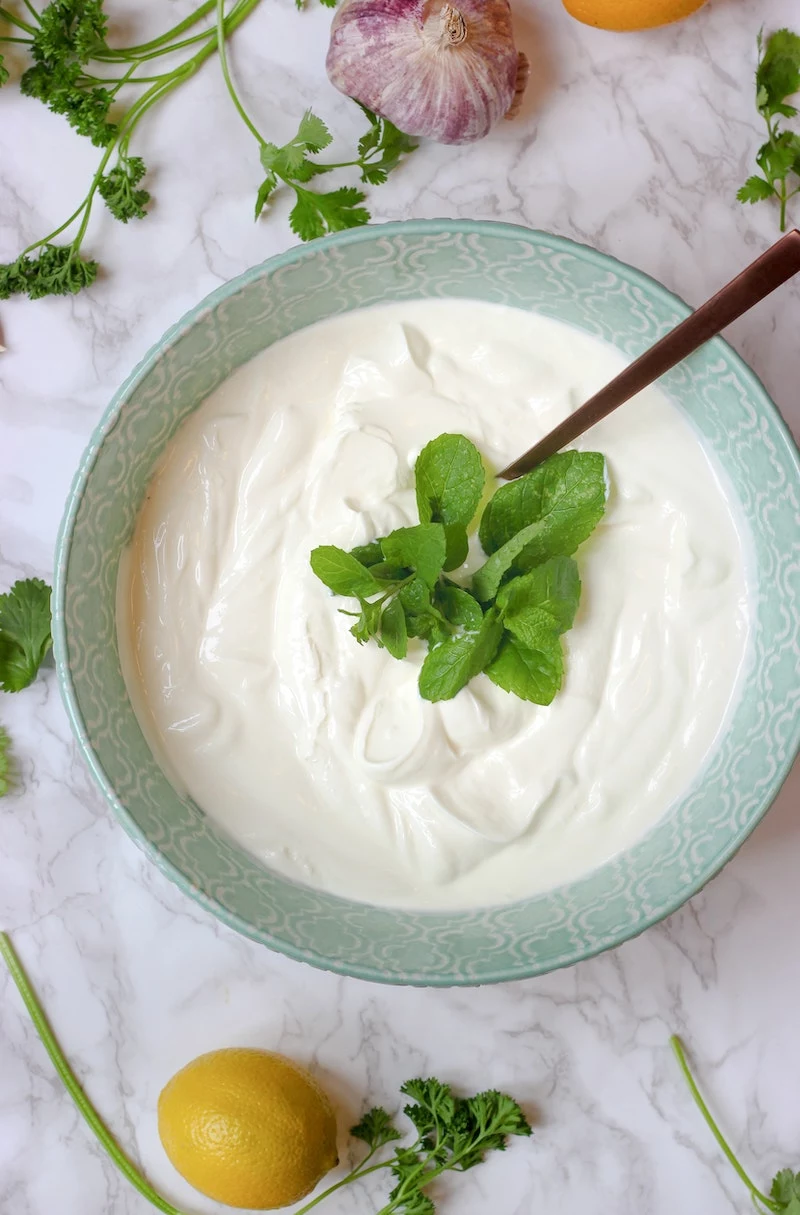
Pro Techniques for Your Kitchen
Here’s a trick I tell all my clients, and it’s a game-changer: the “chop and wait” rule. After you mince or crush your garlic, don’t just toss it into the hot pan. Let it sit on your cutting board for 10 to 15 minutes first. This little pause gives that enzyme time to work its magic and create the maximum amount of beneficial allicin. If you throw it straight into a hot pan, the heat kills the enzyme instantly, and you lose out on most of the good stuff. You’ll still get flavor, but not the full power.
Quick tip: In a hurry? A garlic press is your best friend. It crushes the garlic so thoroughly that it dramatically increases the surface area, speeding up that enzymatic reaction. If you use a press, you only need to wait about 5 minutes before cooking.
For onions, a slow, gentle sauté in olive oil is the way to go. It softens them, brings out their natural sweetness, and actually makes their nutrients easier for your body to absorb. And a heads up on leeks: they trap a TON of dirt and grit in their layers. Always slice them lengthwise and rinse them well under running water, fanning the layers out. It’s an extra step that makes all the difference.
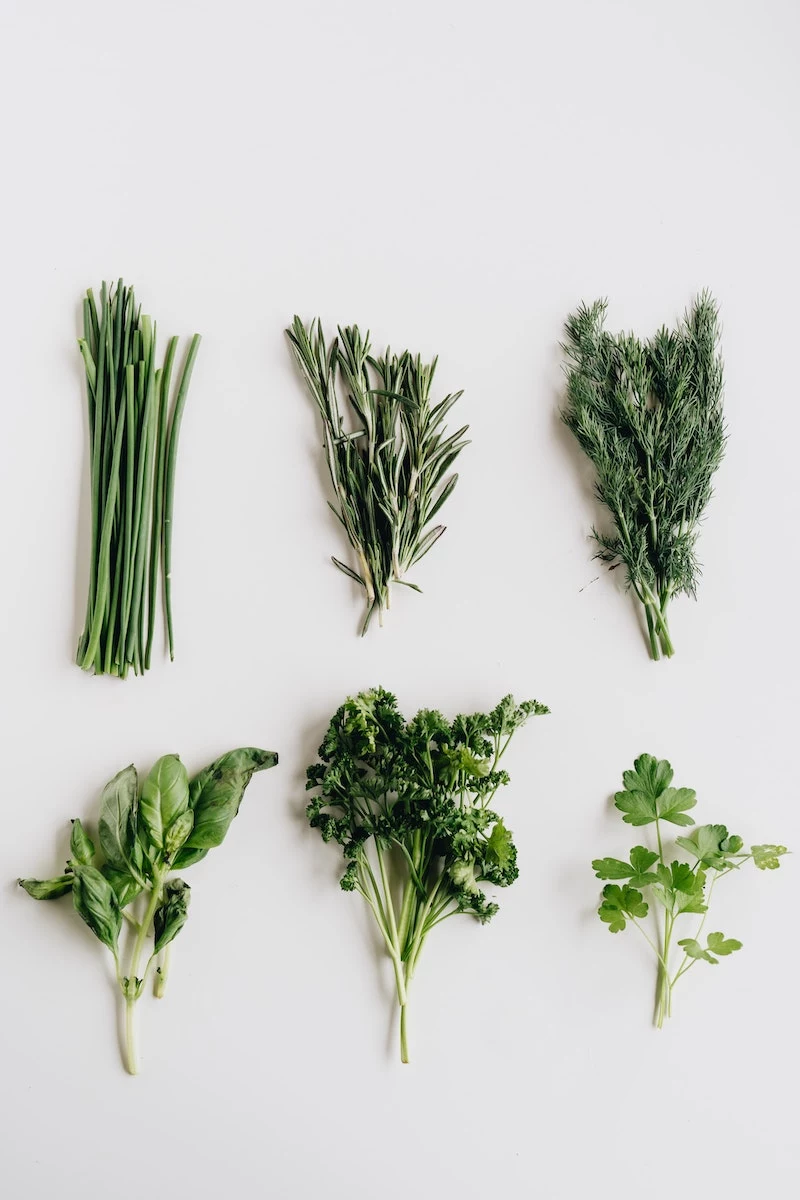
2. Cruciferous Veggies: Broccoli, Cauliflower, and Kale
If there’s one group of veggies I push more than any other, it’s this one. We’re talking broccoli, Brussels sprouts, cauliflower, kale, and cabbage. They all have that distinct, slightly bitter taste, which is actually a signal of the very compounds that make them so incredibly good for you.
The Science Behind the Crunch
Cruciferous veggies are packed with compounds called glucosinolates. Just like with garlic, when you chop or chew them, you start an enzyme reaction that creates powerful new compounds, most notably one called sulforaphane. Sulforaphane is a rockstar at activating your body’s natural detoxification pathways and protecting your cells. That slightly bitter flavor? That’s the taste of good health at work.
How to Make Them Delicious
The biggest mistake people make is boiling these vegetables into submission. You know that sad, army-green broccoli with a strong sulfur smell? That smell is literally the nutrients being destroyed and escaping into the air. Please don’t do that.
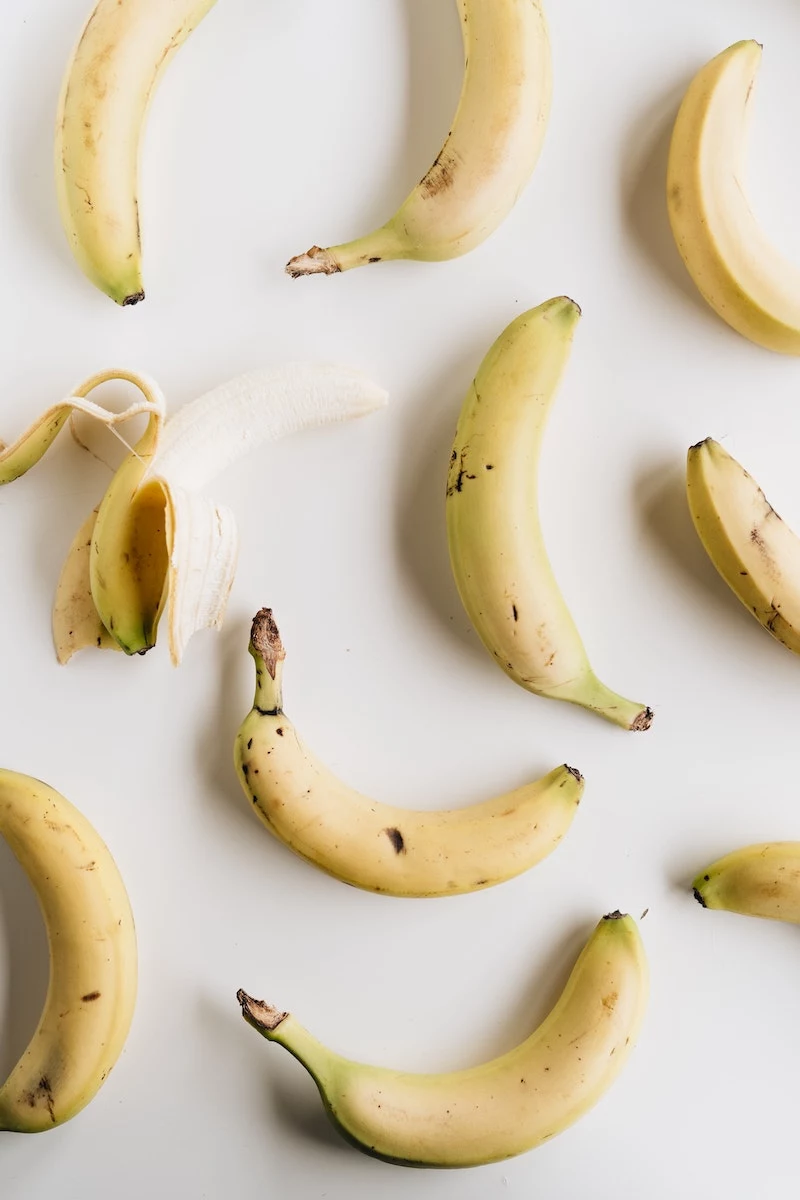
Instead, try light steaming (just 3-5 minutes, until they’re bright green and still have a little bite) or, my personal favorite, roasting. Tossing broccoli or Brussels sprouts with a bit of olive oil and roasting at 400°F (200°C) until the edges are crispy and caramelized creates a nutty, sweet flavor that’s totally irresistible. Hate boring broccoli? Try roasting it with smoked paprika and a little garlic powder. You can also shred raw Brussels sprouts or cabbage for a fantastic, crunchy slaw.
Oh yeah, and that “chop and wait” trick works here, too. Chop your broccoli or kale and let it rest for about 30 minutes before cooking to boost its benefits.
A quick word of caution: These veggies contain goitrogens, which can affect thyroid function in massive quantities, particularly when raw. For 99% of people, this is a non-issue. But if you have a known thyroid condition, it’s smart to focus on cooked cruciferous veggies and chat with your doctor. It’s all about what’s right for your body.
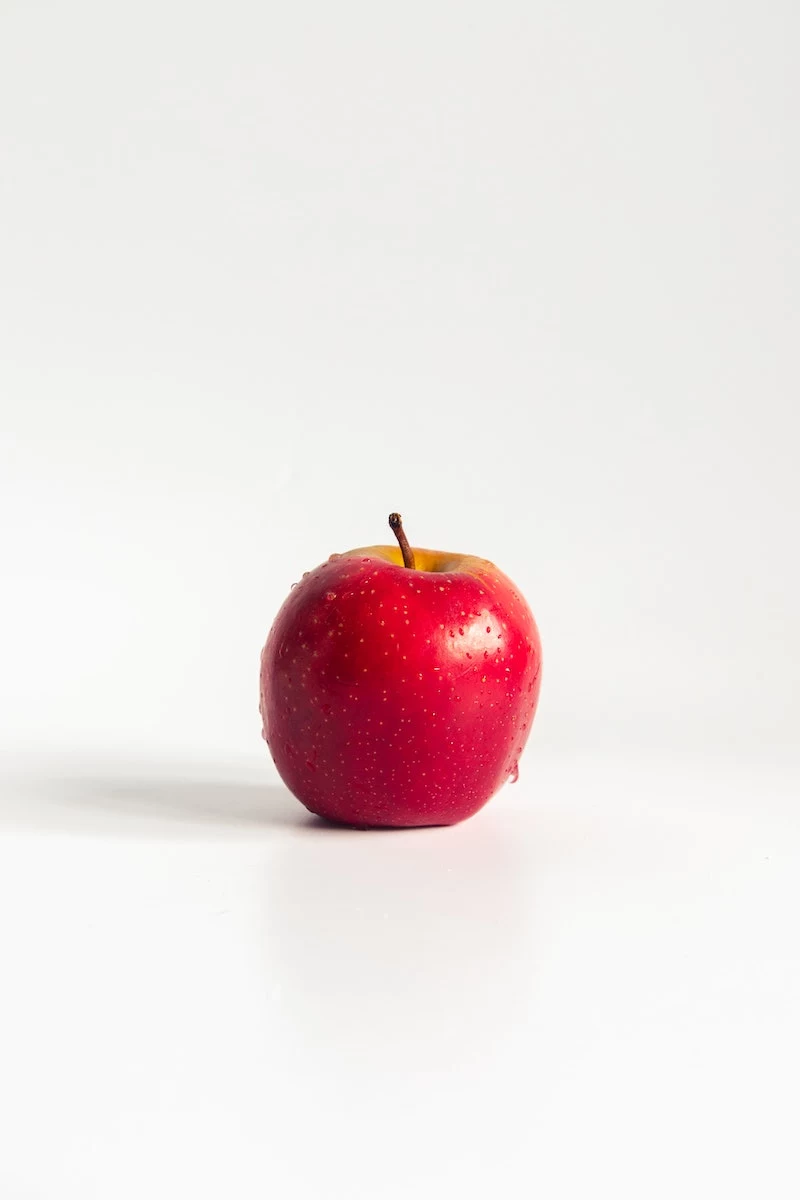
3. Dark Leafy Greens: The Ultimate Powerhouse
Spinach, chard, collards, arugula—these are the true champions of the plant world. They’re bursting with vitamins and minerals for practically zero calories. When someone wants to improve their diet, my first piece of advice is often the simplest: just add a handful of greens to at least one meal a day.
Nutrient Density 101
“Nutrient-dense” just means you get a huge nutritional bang for your calorie buck. A cup of spinach, for example, is loaded with Vitamin K (for bone health), Vitamin A, and folate, all for less than 10 calories. The deep green color also signals the presence of antioxidants like lutein and zeaxanthin, which are amazing for eye health.
Unlock Their Full Potential
Here’s a common mistake I see all the time: eating a big salad with fat-free dressing. Many of the vitamins in greens (like A and K) are fat-soluble, which means your body needs some fat to absorb them. You’re basically eating a bowl of unfulfilled potential!
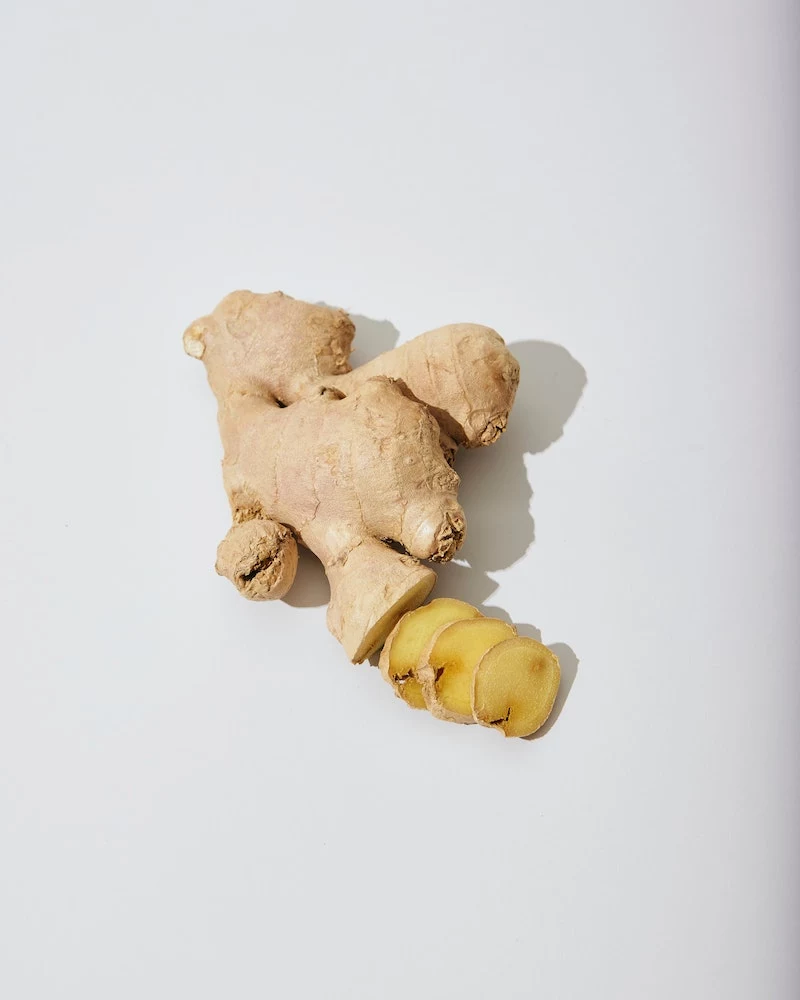
It’s an easy fix. Add a simple vinaigrette, a few slices of avocado, or a sprinkle of nuts or seeds. The fat acts like a shuttle, carrying those valuable vitamins from your gut into your system where they can get to work.
Speaking of vinaigrette, it’s so easy to make your own: Just combine 3 parts extra virgin olive oil with 1 part vinegar (like apple cider or red wine), a pinch of salt, and maybe some finely minced garlic or a dab of mustard. Shake it all up in a jar. Done. It’s cheaper, healthier, and tastes way better than most store-bought stuff.
Did you know? A squeeze of lemon juice over your spinach does more than add flavor. The Vitamin C in the lemon dramatically helps your body absorb the plant-based iron from the greens!
Heads up! Because of their high Vitamin K content, people on blood-thinning medication need to be mindful. The key isn’t to avoid these healthy foods but to be consistent with how much you eat. Talk with your doctor to find a steady amount that works with your medication.
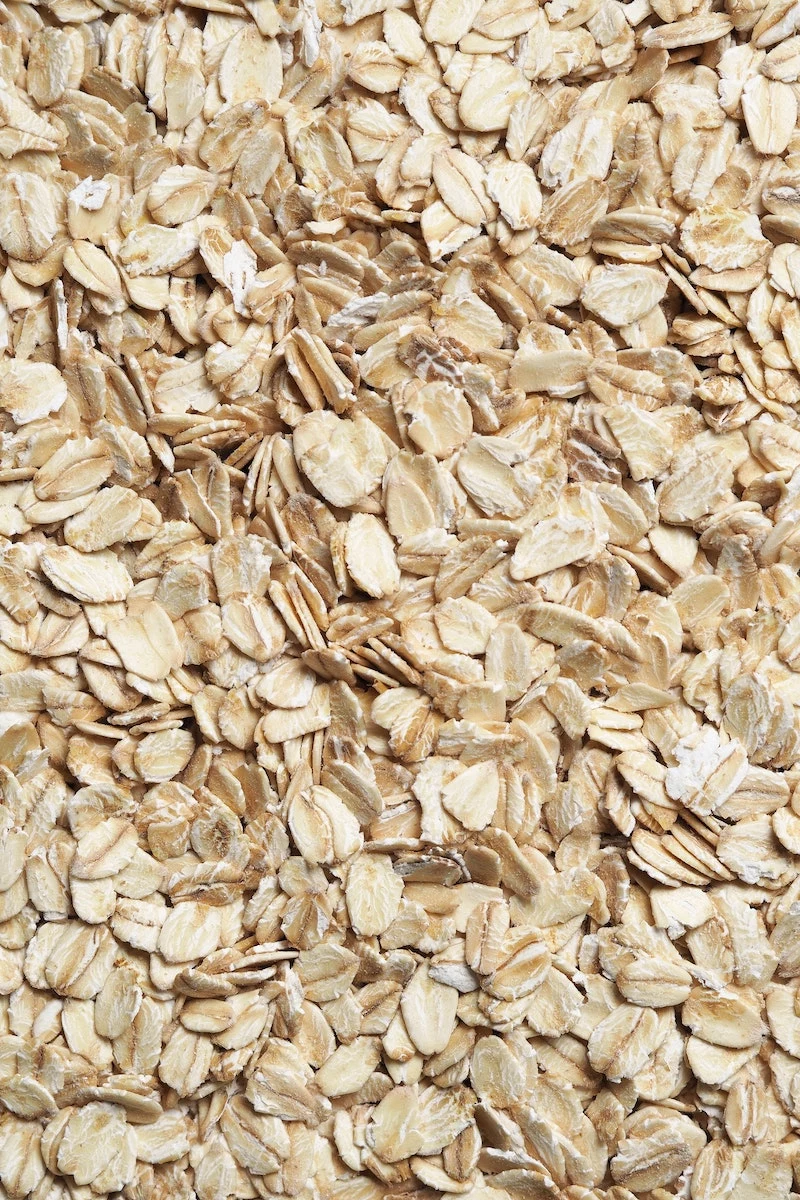
4. Legumes: The Budget-Friendly Superstars
For centuries, beans, lentils, and chickpeas have been a cornerstone of diets all over the globe. They are incredibly cheap, good for the planet, and a nutritional goldmine. Honestly, bringing legumes back to the dinner table is one of the biggest wins for my clients’ health and their wallets.
All About That Fiber
Legumes are famous for their fiber, especially soluble fiber. This type forms a gel-like substance in your gut that slows down digestion, which is fantastic for keeping your blood sugar stable. They’re also packed with prebiotics—food for the good bacteria in your gut. A happy gut microbiome is linked to everything from a stronger immune system to better mental health.
How to Beat the Bloat
Let’s be real: the biggest reason people avoid beans is the fear of, well, gas and bloating. It’s a valid concern, but totally manageable. The culprits are some complex sugars. The traditional method of soaking dried beans overnight and tossing the water really works—it leaches out a lot of those troublemakers. I suggest soaking for at least 8 hours.
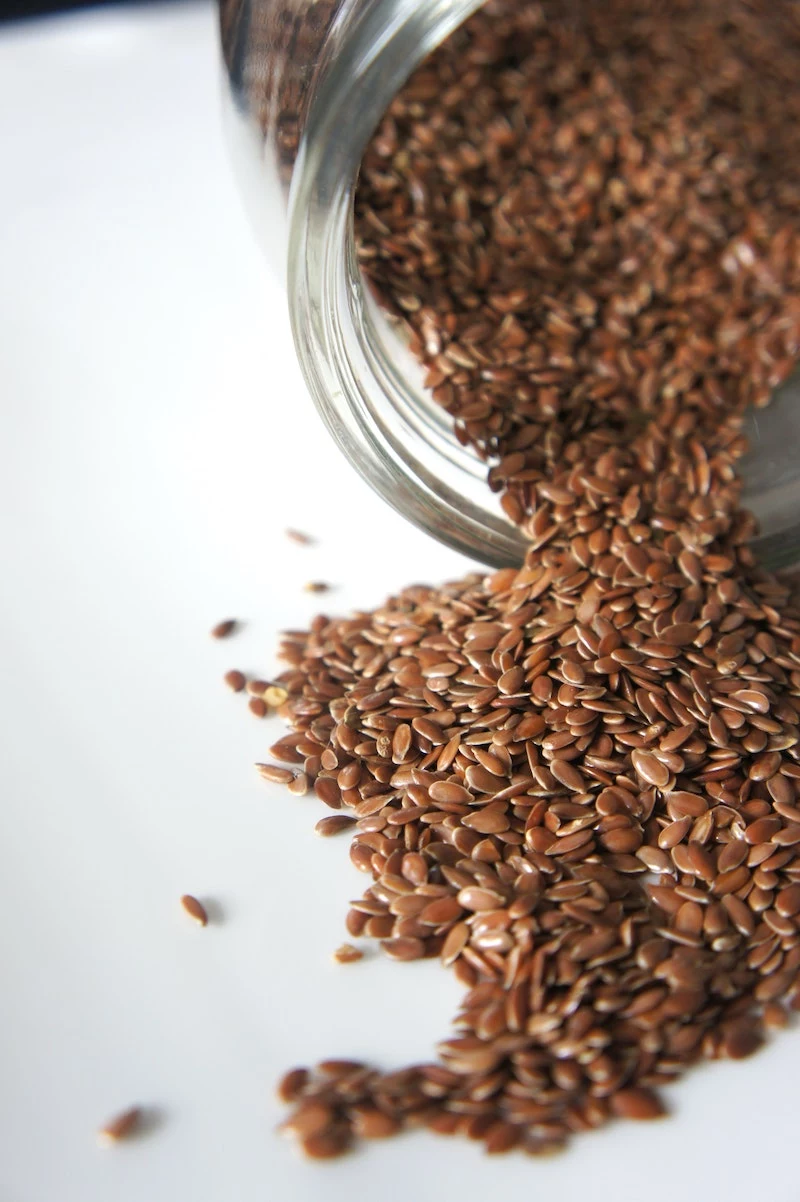
And what about canned versus dried? It’s a classic kitchen dilemma.
- Dried Beans: These are the ultimate budget buy. A one-pound bag of dried black beans costs around $2-$3 and will make about 6-7 cups of cooked beans. The downside is time—they need soaking and then simmering for an hour or more. But you have total control over the sodium and texture.
- Canned Beans: These are all about convenience. They cost about $1-$2 per can (which is roughly 1.5 cups of beans) and are ready to go. The key is to rinse them really, really well in a colander. This can wash away up to 40% of the added sodium and also gets rid of the starchy liquid that can cause digestive issues.
If you don’t eat beans often, start slow. Add just a quarter-cup to a soup or salad and let your gut get used to them. It will adapt!

5. Healthy Fats: Not the Enemy!
For decades, we were all told that fat was bad. As someone who worked through that whole low-fat craze, I can tell you it was a huge mistake. We now know that the type of fat you eat is what truly matters. Healthy, whole-food fats from things like avocado, nuts, seeds, and olive oil are absolutely essential.
Good Fats, Explained
The fats in avocados, olives, and most nuts are primarily monounsaturated—the kind famous for being heart-healthy. They help keep your cholesterol levels in a good place. Nuts and seeds like walnuts, flax, and chia are also our best plant sources of omega-3 fatty acids, which are great for fighting inflammation.
And good olive oil isn’t just fat. It contains powerful antioxidants. You can sometimes feel one called oleocanthal as a peppery tickle in the back of your throat. That’s the feeling of a high-quality, potent oil.
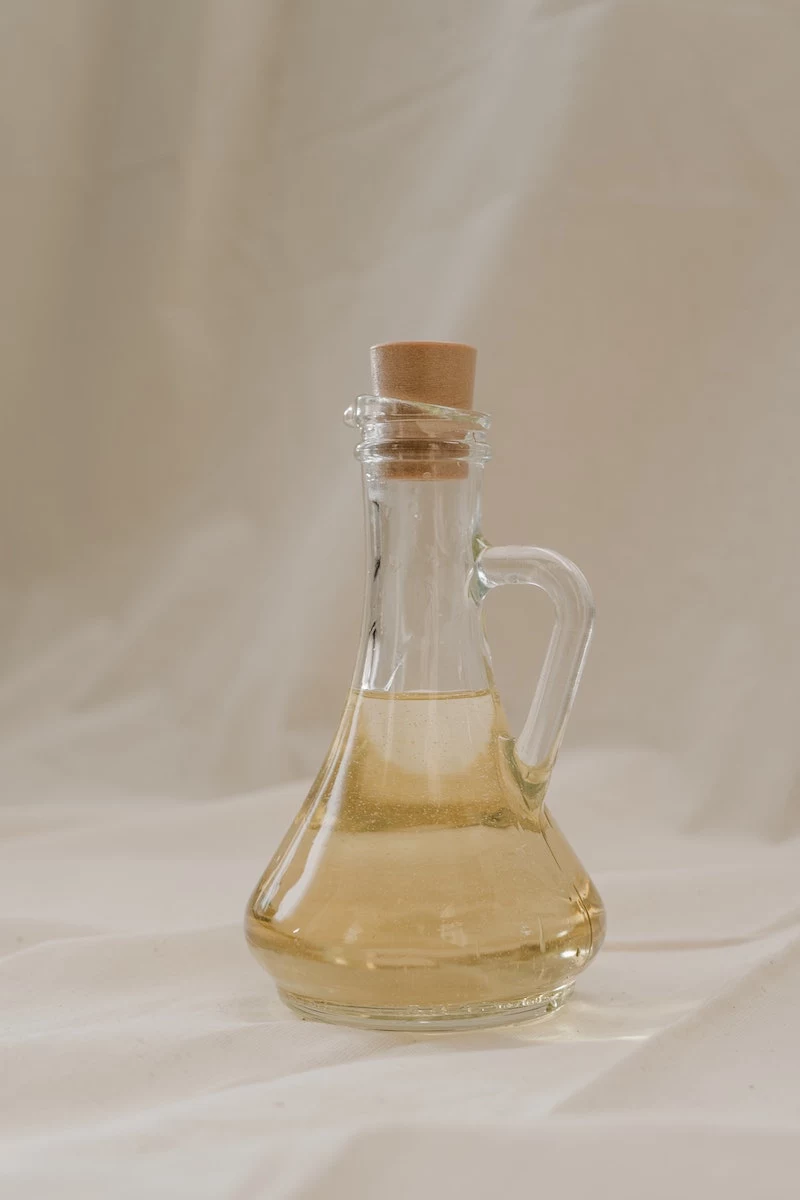
How to Choose and Use Them
When buying olive oil, always go for “extra virgin” in a dark or opaque bottle. Light and heat are the enemies of good oil. A harvest date on the bottle is a great sign—fresher is better. Use this stuff for dressings or drizzling over finished dishes. For higher-heat cooking, avocado oil is a more stable choice.
For nuts and seeds, “raw and unsalted” is the gold standard. To get the benefits from flaxseeds, you have to grind them; otherwise, they’ll pass right through you. I buy whole flaxseeds, store them in the freezer to keep them from going rancid, and just grind a week’s worth at a time in a cheap coffee grinder.
But remember, these foods are calorie-dense. A serving of nuts is a small handful (about an ounce), not the whole bag. Balance is everything.
6. Fermented Foods: Ancient Wisdom for Your Gut
Before refrigerators, fermentation was how we preserved food. From kimchi to sauerkraut to yogurt, cultures all over the world had their own traditions. We’re now rediscovering that these ancient foods are one of the best ways to support modern gut health.
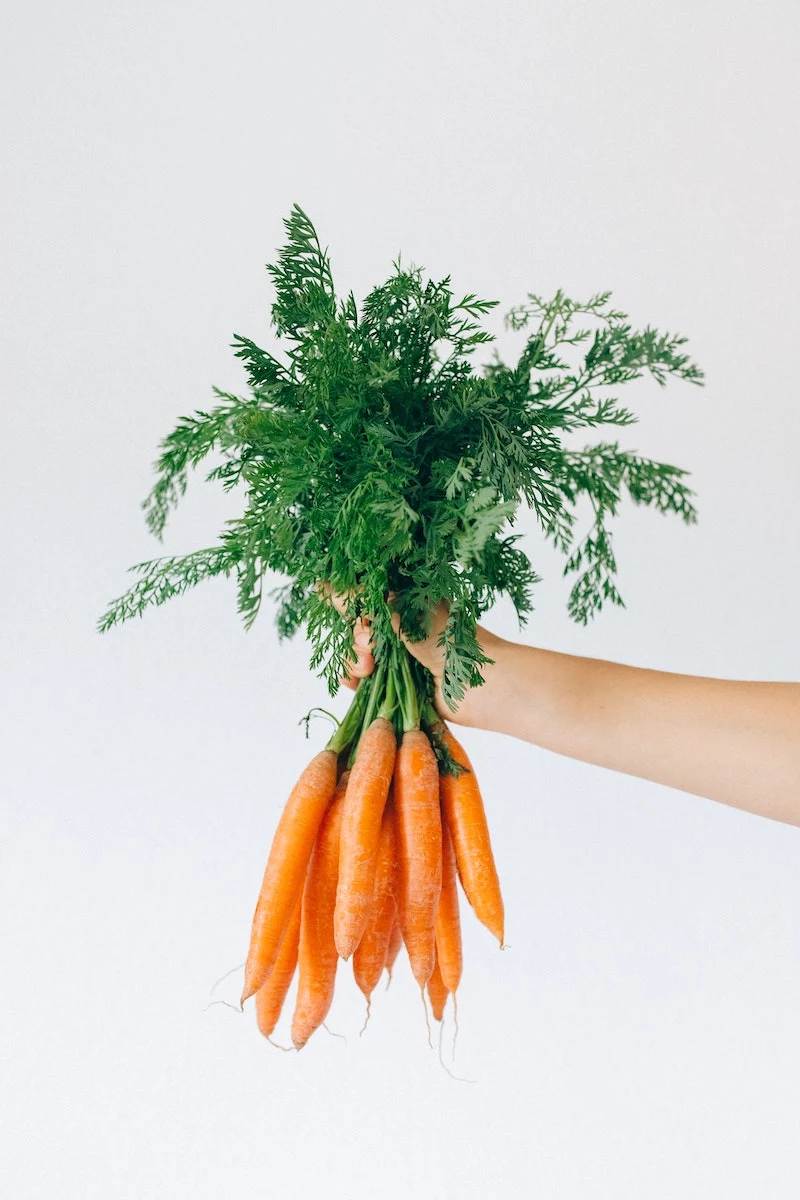
The Power of Probiotics
Fermented foods are our best natural source of probiotics—live, beneficial bacteria that support the community of microbes in your gut. A diverse gut microbiome is key for good digestion, a strong immune system, and even your mood.
How to Buy the Good Stuff
The modern grocery store can be tricky. A lot of commercial yogurt is basically sugar-laden dessert. When you’re shopping, read the label. Look for two things: “live and active cultures” and a short ingredient list. The best plain Greek yogurt has just milk and cultures. You can add your own fruit.
For things like sauerkraut and kimchi, you MUST buy them from the refrigerated section. The jars sitting on the warm shelves have been pasteurized, which means all those beneficial probiotics have been killed off. Look for brands like Bubbies or Cleveland Kraut—if it’s cold, it’s likely live.
Feeling Overwhelmed? Just Start Here.
Okay, that was a lot of information. If you’re feeling a little overwhelmed, don’t be. You don’t have to do everything at once. Here’s your mission for this week:
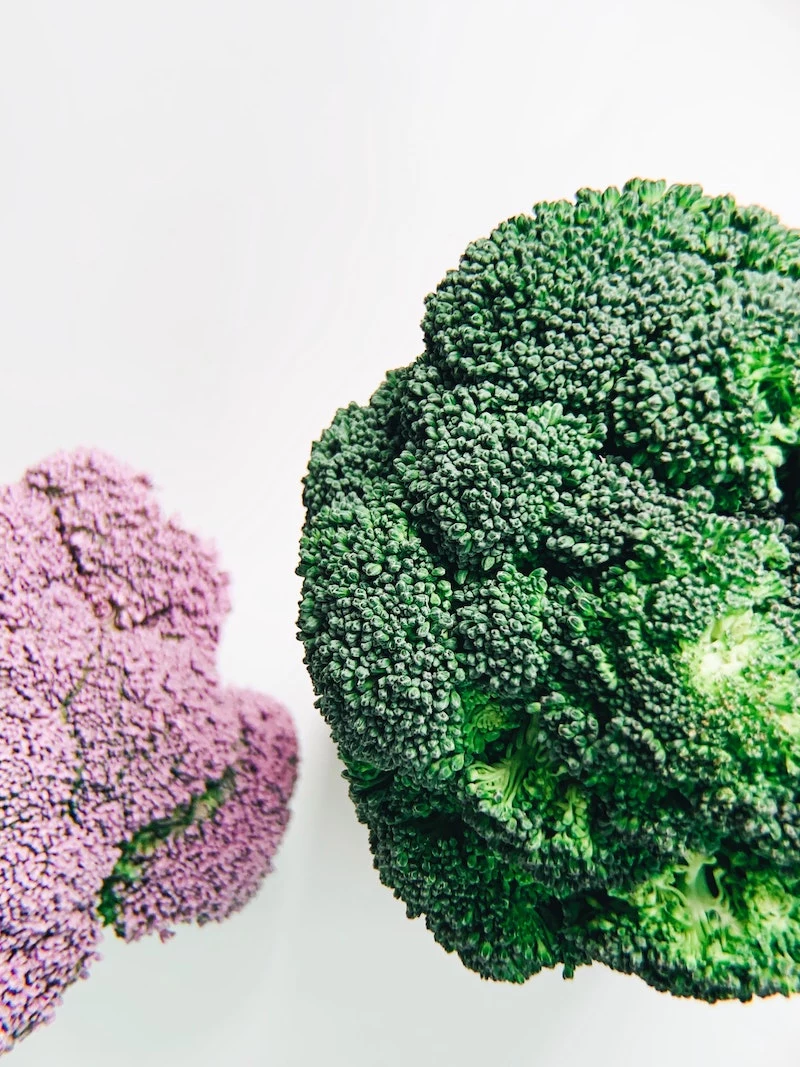
Your Quick Win: Pick just ONE thing from this list to focus on. Maybe it’s adding a handful of spinach to your eggs in the morning. Or maybe it’s swapping your usual snack for a small handful of walnuts. That’s it. Small, consistent changes are what build a solid foundation.
Putting It All Together: A Foundational Day
So what does this actually look like on a plate? It’s simpler than you think. Here’s a sample day:
- Breakfast: Plain Greek yogurt (fermented) with a handful of berries and a sprinkle of ground flaxseed (healthy fats).
- Lunch: A big salad with lots of leafy greens, topped with chickpeas (legumes), some chopped walnuts (healthy fats), and a simple olive oil vinaigrette.
- Dinner: A simple stir-fry or soup that starts with sautéed onion and garlic (alliums), and is loaded with roasted broccoli (cruciferous) and maybe some lentils (legumes).
See? You just hit all six categories without a single exotic powder or expensive supplement.
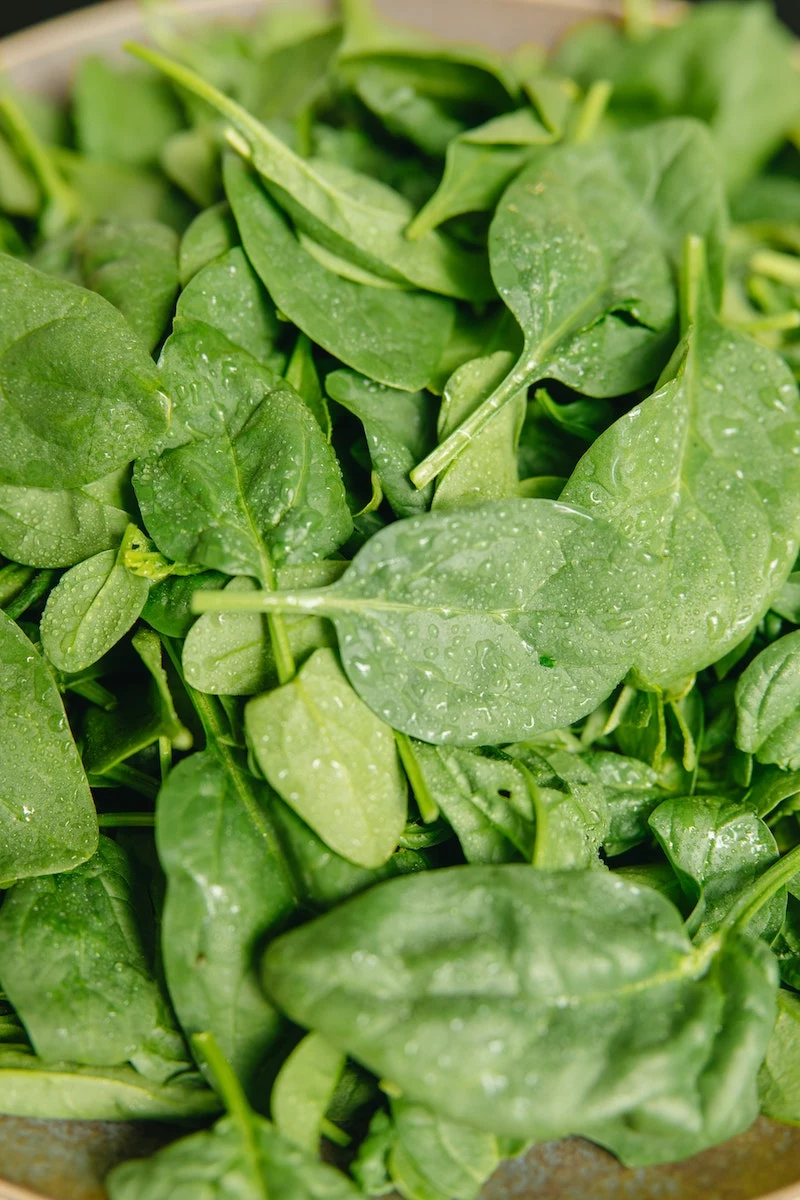
Your Beginner’s Foundational Shopping List
Ready to hit the store? Here are 10 simple items to get you started:
- A head of garlic
- A bag of yellow onions
- A bag of dried lentils or a can of chickpeas
- A big bunch of kale or a container of spinach
- A head of broccoli
- A large tub of plain Greek yogurt
- A quality bottle of extra virgin olive oil
- A bag of raw walnuts or almonds
- A few lemons
- A jar of refrigerated sauerkraut
The Bottom Line: Build Your House on Rock, Not Sand
A single green smoothie won’t make you healthy, just like a single slice of pizza won’t make you unhealthy. True, lasting wellness is about the overall pattern of your choices. It’s about building your diet on a solid foundation.
By consistently bringing these six food categories into your kitchen, you create a way of eating that is resilient, affordable, and deeply supportive of your body. Forget the hype. Master the foundation. Your body will thank you for it.
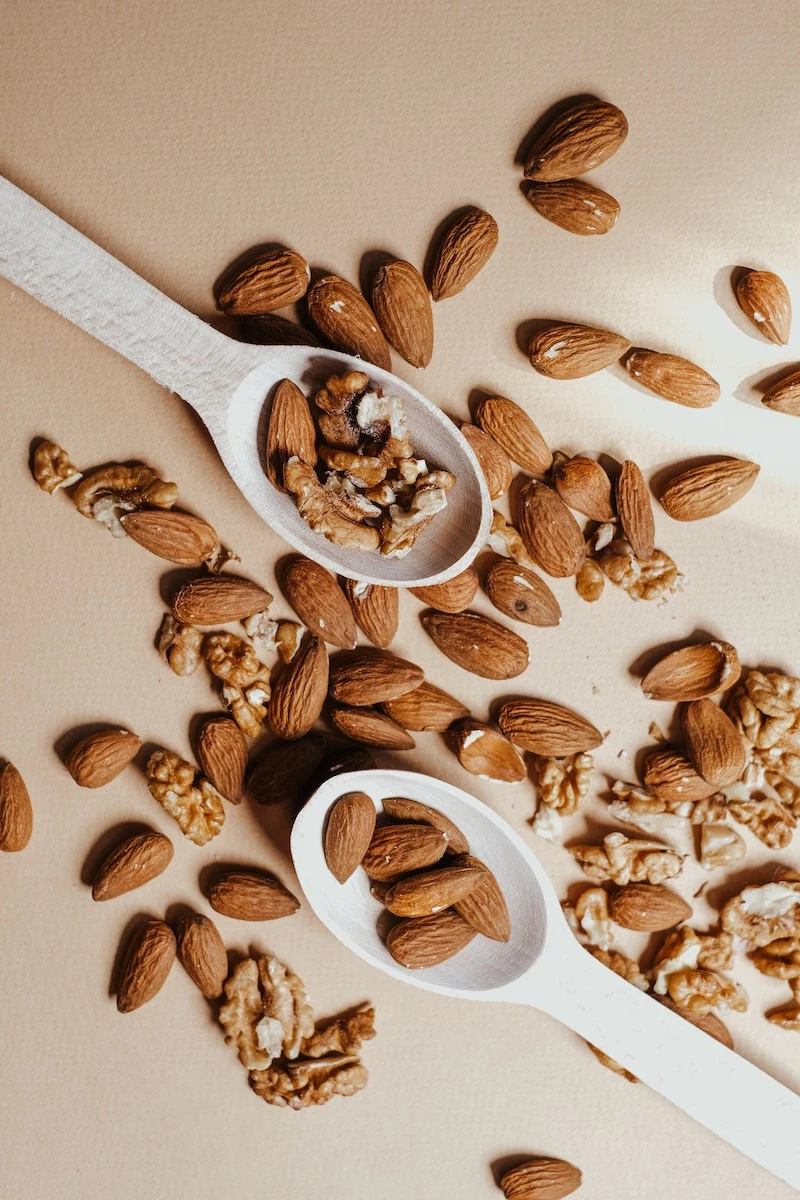
Disclaimer: This article is for informational purposes and isn’t a substitute for medical advice. I’m sharing my professional experience, but you should always talk with a qualified healthcare provider or registered dietitian for personalized advice, especially if you have a health condition or are taking medication.
Inspiration:
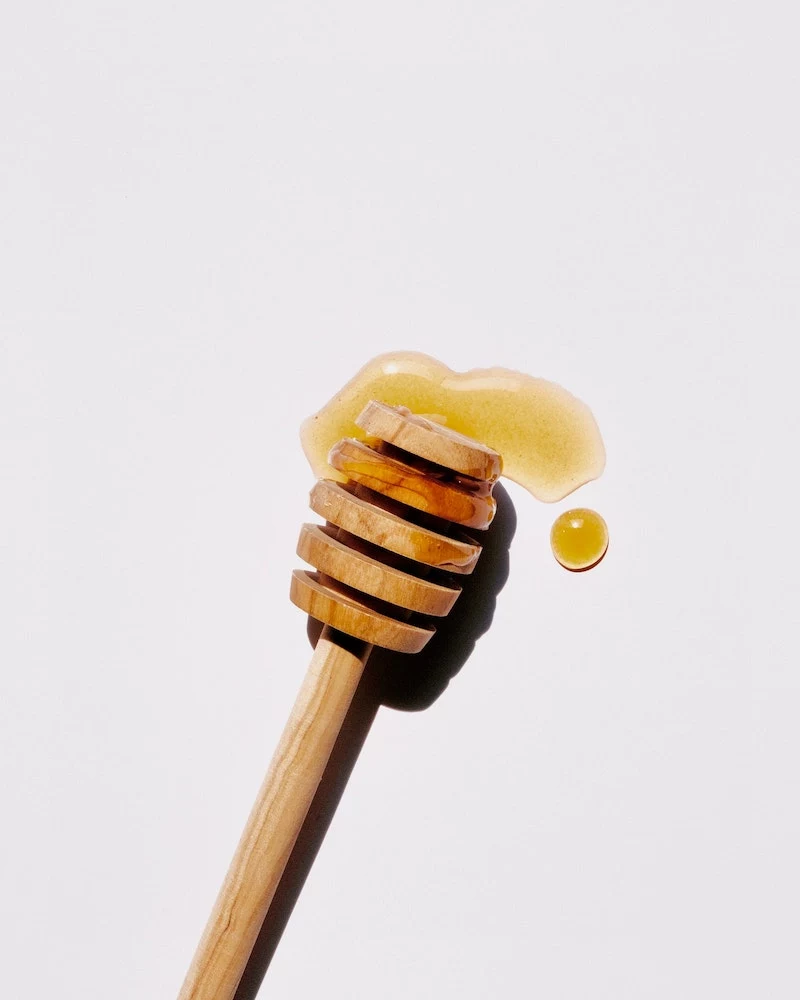

Does the type of oat I use for breakfast really matter?
Absolutely. Think of it like choosing the right tool for the job. Steel-cut oats are whole oat groats chopped into pieces. They have a chewier texture and a lower glycemic index, meaning they release energy more slowly. They’re fantastic for a hearty, long-lasting breakfast but require about 20-30 minutes of simmering. Rolled oats, like those from Quaker or Bob’s Red Mill, have been steamed and flattened. They cook in just 5 minutes and have a softer, creamier texture. While slightly more processed, they are still a powerhouse of nutrition. The best choice depends on your morning routine and texture preference.
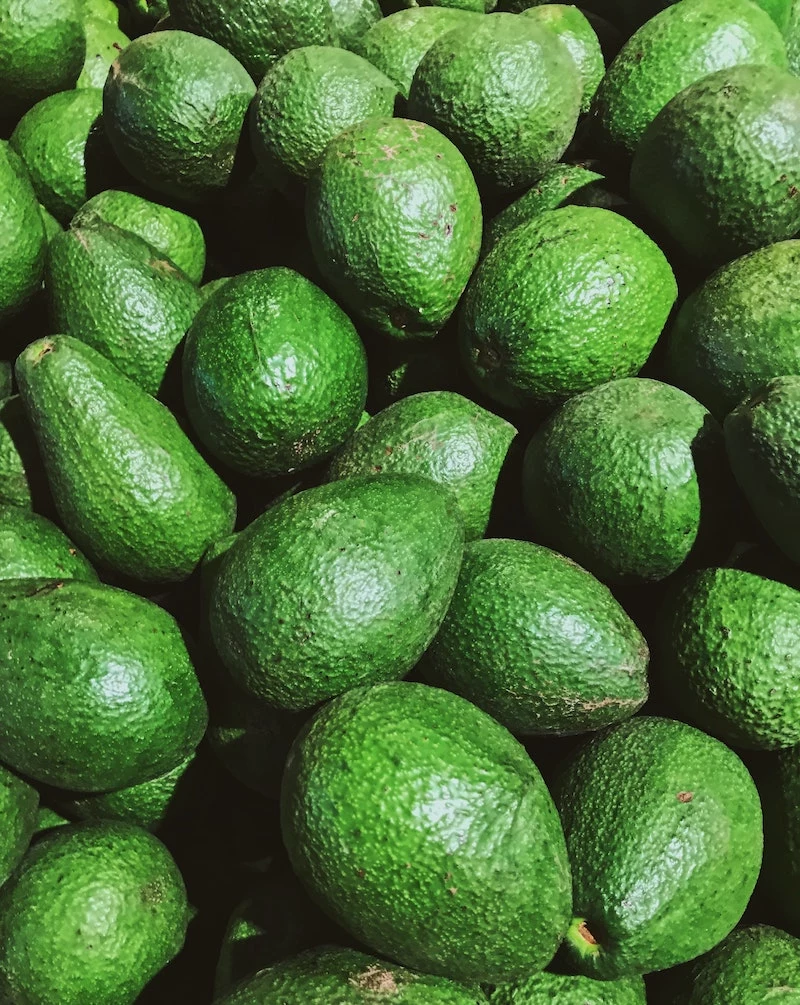
More than 90% of women and 97% of men do not meet recommended intakes for dietary fiber.
This single fact from the American Society for Nutrition explains so much about modern health issues. Fiber isn’t just about ‘regularity.’ It feeds your gut microbiome, helps stabilize blood sugar, and contributes to a feeling of fullness, which is key for weight management. The good news? It’s abundant in the most basic foods: beans, lentils, whole grains, and every vegetable in your crisper.
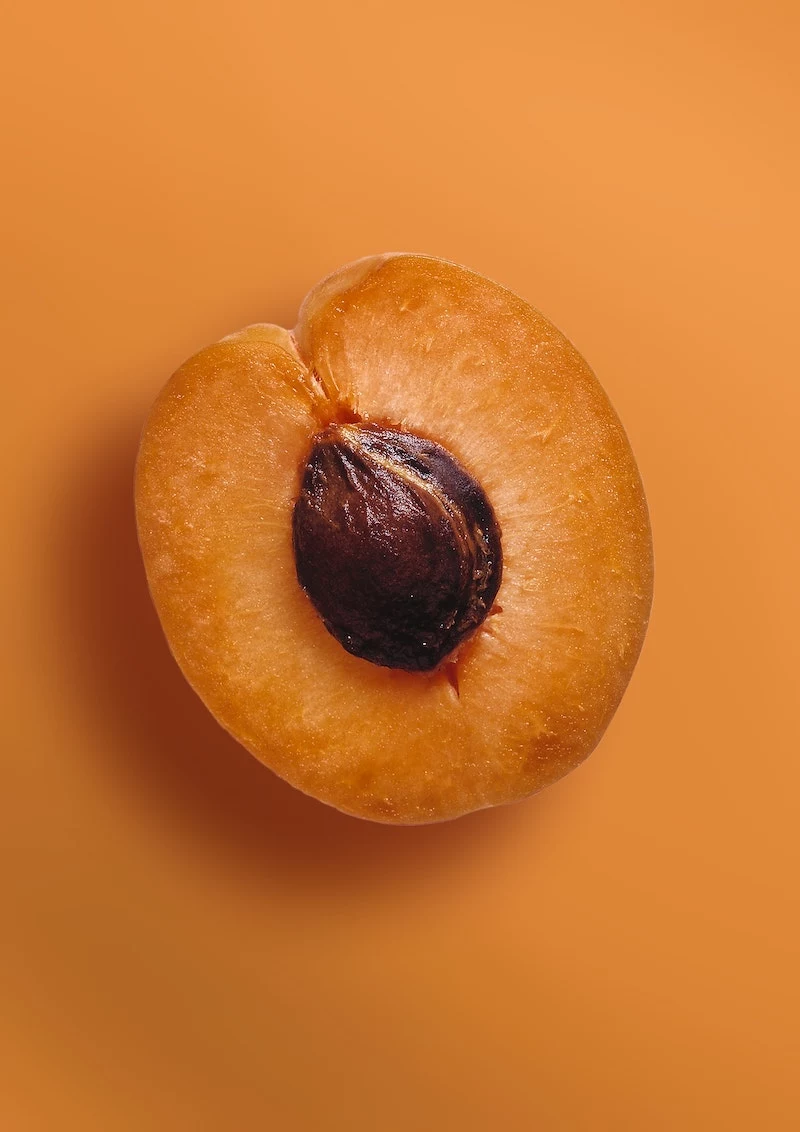
The Olive Oil Hierarchy: Not all olive oil is created equal, and using them correctly saves money and boosts flavor. Keep an affordable, regular olive oil or light olive oil for general sautéing and roasting. Reserve your high-quality, cold-pressed Extra Virgin Olive Oil (EVOO) for finishing touches—drizzling over salads, soups, or roasted vegetables right before serving. Its delicate, peppery notes are lost at high heat, so you’d be wasting both flavor and money.
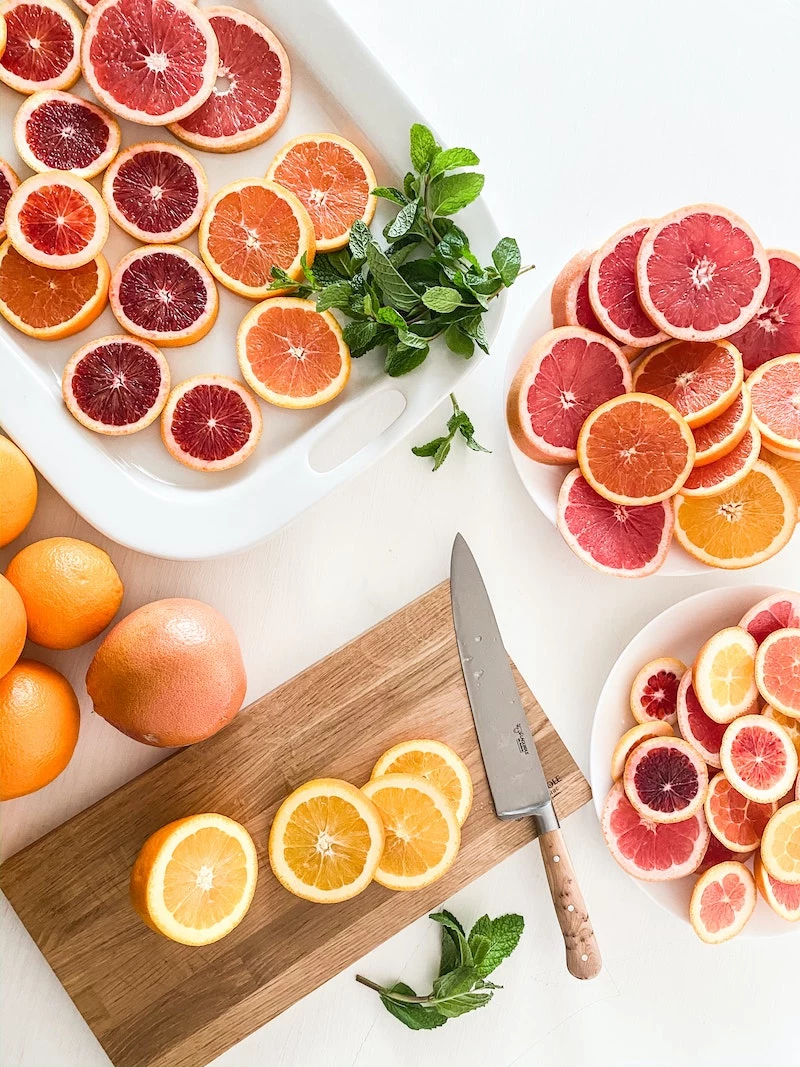
- Dramatically improve nutrient absorption from plants.
- Increase your body’s access to iron.
- Boost the power of antioxidants.
The secret? Strategic pairing. Many foundational plant foods are rich in iron and other minerals, but our bodies struggle to absorb them. Simply adding a source of Vitamin C to your meal—a squeeze of lemon over lentils, bell peppers in your bean salad, or tomatoes with your spinach—unlocks their full potential by making these nutrients more bioavailable.
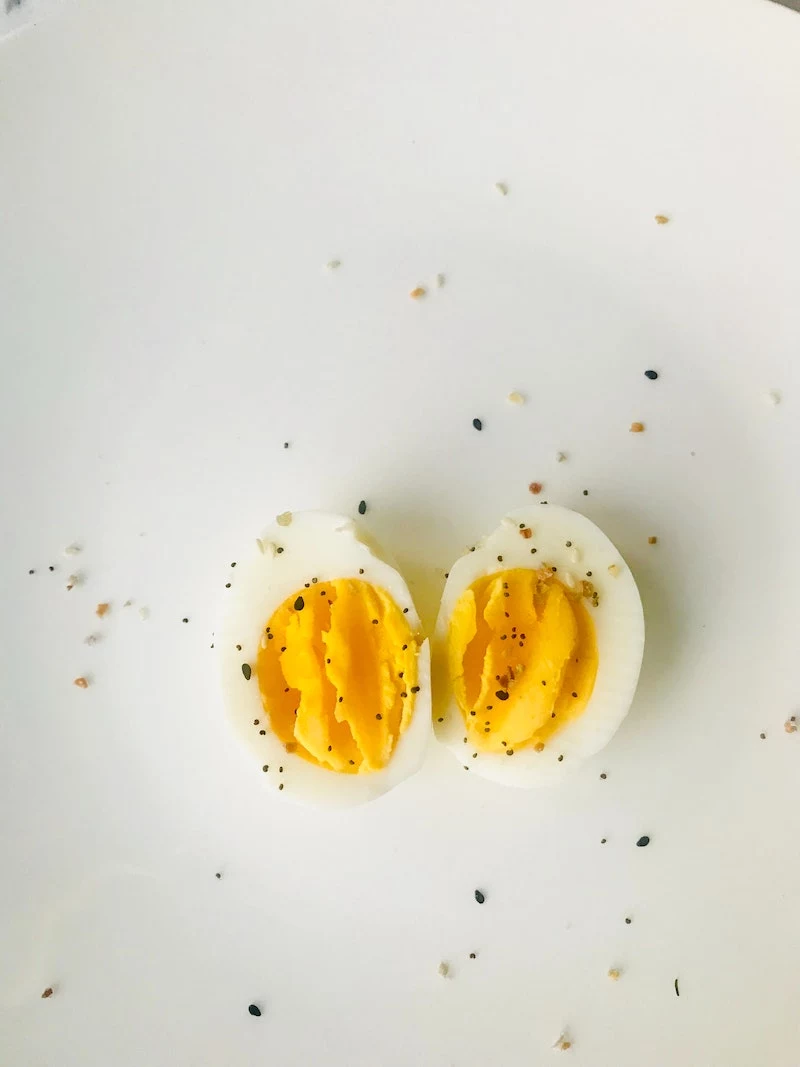
One of the biggest hurdles to eating more legumes is digestive discomfort. The simple, age-old technique of soaking is your best defense. It helps break down the complex sugars (oligosaccharides) that can cause gas and bloating.
- For beans (kidney, black, pinto): Cover with a generous amount of cold water and soak for at least 8 hours, or overnight. Discard the soaking water and rinse well before cooking.
- For lentils and split peas: A shorter soak of 1-2 hours is plenty.
- Pro-Tip: Adding a strip of kombu (a type of seaweed) to the cooking pot can further help improve digestibility.

An egg yolk is one of the most concentrated food sources of choline, a nutrient critical for brain function, memory, and mood regulation.
Frozen vs. Fresh Berries: For things like smoothies, compotes, or baking, frozen berries are your best friend. They are picked and flash-frozen at peak ripeness, often locking in more nutrients than fresh berries that have traveled for days to reach the store. They are also significantly cheaper, especially out of season. Save your money and the pricier fresh berries for when their texture and beauty can be the star, like on top of yogurt or in a fruit salad.










